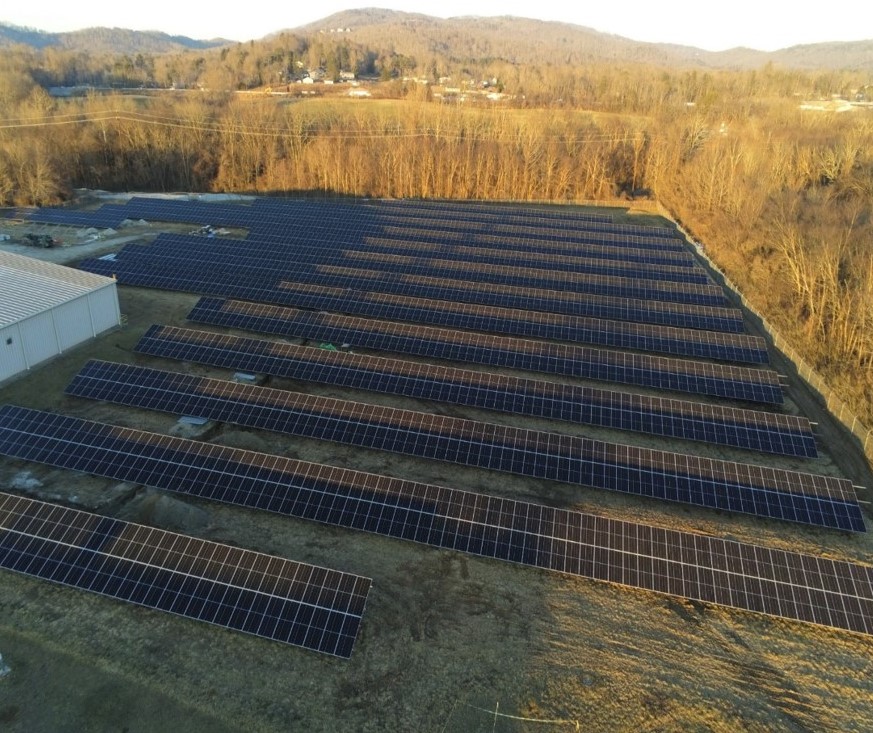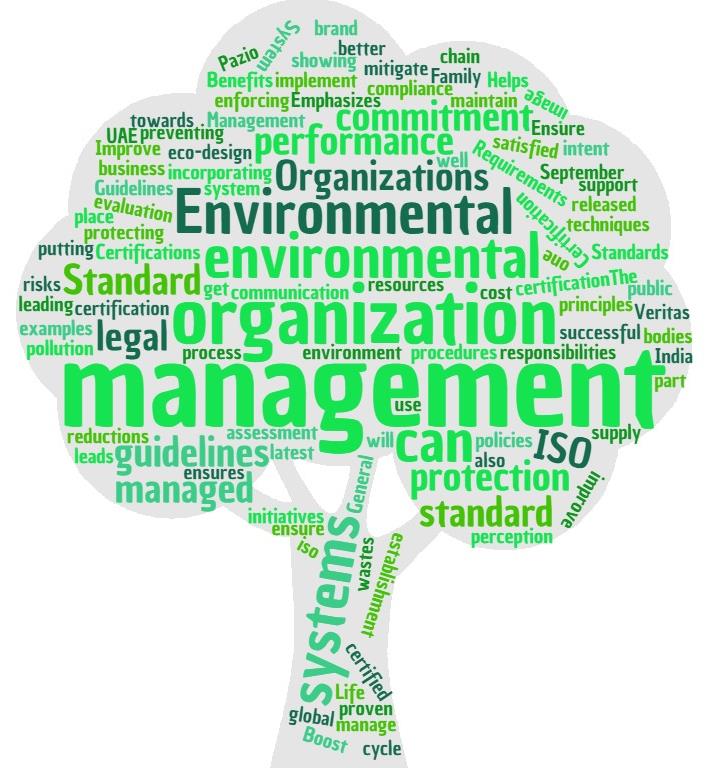
Haynes International is conscious of our environmental impact, and we are proactively working to lighten our carbon footprint. The ever-increasing demand for clean energy has led to the development of several emerging technologies that use high-temperature
alloys . Our high-performance HASTELLOY® and HAYNES® alloys are used in traditional Power Generation, Aerospace, Chemical Processing, and several other emerging industries. Our alloys are also used in solar farms that
generate clean energy and replace fossil fuels.
We reported to the CDP our corporate Scope 1 and 2 data for 2021. Scope 1 GHG emissions were 52,088 metric tons and Scope 2 GHG emissions were 92,382 metric tons. Through energy efficiency projects in production processes, we have estimated 5,772 tons
CO2 emission reductions for the upcoming year.
We installed a 1MW solar array system at our wire facility in Mountain Home, NC. This system will reduce the dependence on nonrenewable energy sources by providing 50% of the electricity needs for the facility. This is an additional CO2 emission
reduction of 1,469 tons. Click here to read
the press release.
The 1MW solar fixed ground mount array system will reduce the dependence on nonrenewable energy sources. This solar system provides over 50% of the electricity needs for the facility. In addition, since fiscal year 2010, Haynes has invested more
than $4 million in energy conservation programs, and as a result, our company now saves approximately $1.5 million in energy costs per year. We have specific targets in place for reducing electricity and natural gas consumption in its energy conservation
programs.
We have specific targets in place for reducing electricity and natural gas consumption in its energy conservation programs.
- Target 1: Reduce electricity consumption per Throughput Pounds (TPP) by 4% vs. FY18 baseline.
- Actual result to date: 7.1% reduction.
- Target 2: Reduce natural gas consumption per Throughput Pounds (TPP) by 4% vs. FY18 baseline.
- Actual result to date: 9.1% reduction..
Listed below are our actual utilities consumption totals for the past three years:
| Utility | 2019 | 2020 | 2021 |
| Electrical Usage (million kWh) | 107.7 | 84.3 | 84.2 |
| Natural Gas Usage (million therms) | 11.9 | 9.9 | 9.4 |
| Water Usage (million gallons) | 106.4 | 95.9 | 88.3 |
| Normalized Energy Usage | - | - | - |
| Electricity (kWh/TPP) | 0.18 | 0.17 | 0.19 |
| Natural Gas (therms/TPP) | 0.02 | 0.02 | 0.02 |

We have partnered with the Department of Energy through the Better Buildings Low Carbon Pilot Program. Over the next two years, we will be working with the DOE to set aggressive targets, demonstrate various pathways to reducing carbon, and share successful solutions. We look forward to sharing our
experiences, successes, and challenges as we work towards our goal to achieve real-world carbon dioxide emission reductions in our facilities.
Haynes has made a commitment to reduce the amount of waste generated by its operations. Approximately 90% of our byproducts are either reused onsite or sent offsite for recycling/reclamation. We continue to focus on waste minimization, recycling and reducing
the amount of waste being landfilled. Our current target is to reduce the amount of waste landfilled by 2% each year (normalized based on production throughput).
| Category | Unit | 2019 | 2020 | 2021 |
| Non-hazardous Waste
| Tons | 971.0 | 561 | 653 |
| Hazardous Waste
| Tons
| 593.0 | 273 | 370 |
| Recycled/Reclaimed
| Tons | 10,948.2 | 6,386.7 | 9,209.6 |
| Percentage Recycled
| % | 87.5 | 88.4 | 90.0 |
We maintain an environmental management system certified to the ISO 14001:2015 standard,
and ISO 45001:2017 standards at all of our domestic locations. In addition, our Kokomo operations are ISO 50001:2018 certified. Our facilities are subject to periodic inspection by various regulatory authorities. We are proud to report there have been zero
reportable quantity spills corporate wide over the last 3 years.
Our facilities and operations are subject to various foreign, federal, state and local laws and regulations relating to the environment, including those governing the discharge of pollutants into the environment and the storage, handling, use, treatment
and disposal of hazardous substances and wastes. In the U.S., such laws include, without limitation, the Clean Air Act, the Clean Water Act, the Toxic Substances Control Act, and the Resource Conservation and Recovery Act.
Haynes recognizes the importance of understanding risks that operations and land development can take on natural resources and biodiversity. The company evaluates all new projects for environmental, health and safety impacts before approval. This is especially
true for potential projects in critical habitats or other areas with high biodiversity value. The organization has management practices in place to identify and control environmental aspects and impacts.
We have received permits from the Indiana Department of Environmental Management and the North Carolina Department of Environment and Natural Resources to close and provide post-closure environmental monitoring and care for certain areas of its Kokomo
and Mountain Home, North Carolina facilities, respectively. We are required among other things to monitor groundwater and to continue post-closure maintenance of the former disposal areas at each site.
Haynes International has a number of policies in place governing ethical conduct, including, without limitation:
 Human Rights Policy
Human Rights Policy
 Health, Safety, Environmental, and Quality Policy
Health, Safety, Environmental, and Quality Policy
 Energy Policy
Energy Policy